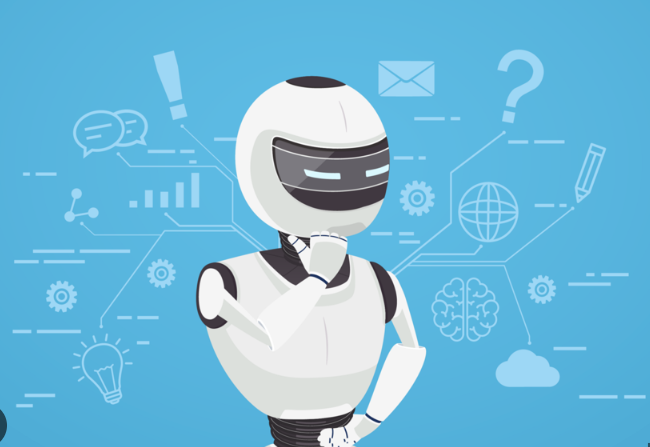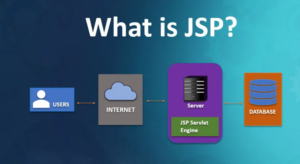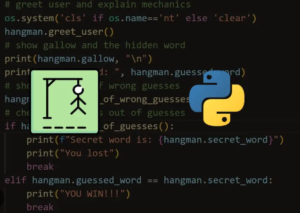Building chatbots with Python involves leveraging natural language processing (NLP) techniques and AI technologies to enable conversations with users. Python offers several libraries and frameworks that can simplify the development of chatbot applications. Here’s an overview of the key components and steps involved in building chatbots with Python:
- Natural Language Understanding (NLU): NLU is the process of extracting meaning and intent from user input. Libraries such as spaCy and NLTK can be used for tasks like tokenization, part-of-speech tagging, named entity recognition, and sentiment analysis. Additionally, frameworks like Rasa provide more comprehensive NLU capabilities, including intent classification and entity extraction.
- Dialog Management: Dialog management involves managing the flow of conversation with the user. It determines how the chatbot responds based on user input and maintains context. The dialog management component can be implemented using rule-based systems or machine learning-based approaches. Libraries like ChatterBot provide rule-based dialog management, while frameworks like Rasa offer machine learning-based approaches using techniques like reinforcement learning.
- Natural Language Generation (NLG): NLG is the process of generating natural language responses based on the chatbot’s understanding and intent. NLTK and GPT-3 (via OpenAI API) are popular options for text generation. NLG techniques can range from simple rule-based templates to more advanced methods like neural language models.
- Integration with AI Platforms: Python allows you to integrate with AI platforms like Dialogflow or Wit.ai, which provide pre-built NLP models and chatbot development tools. These platforms handle the NLU and dialog management aspects, while Python can be used to interface with the platform’s APIs for integration and customizations.
- Deployment and Interaction: Once the chatbot is developed, it needs to be deployed to a suitable environment. This can include deploying the chatbot as a web application using frameworks like Flask or Django, or integrating it with messaging platforms like Slack or Facebook Messenger. Python libraries like Flask-Ask or the Facebook Messenger API can be used for chatbot deployment and interaction.
- Continuous Learning and Improvement: Chatbots can be enhanced by incorporating feedback and continuously improving their performance. This can involve gathering user feedback, logging conversations, and using techniques like reinforcement learning to update the chatbot’s behavior over time.
It’s worth noting that Python offers several specialized libraries and frameworks dedicated to chatbot development, such as Rasa, ChatterBot, and DeepPavlov. These frameworks provide comprehensive tools and workflows specifically designed for building chatbots and can streamline the development process.
Building chatbots with Python requires a combination of NLP techniques, dialog management, and integration with AI platforms or frameworks. By leveraging the available libraries and frameworks, you can create sophisticated chatbot applications capable of understanding and responding to natural language inputs.




